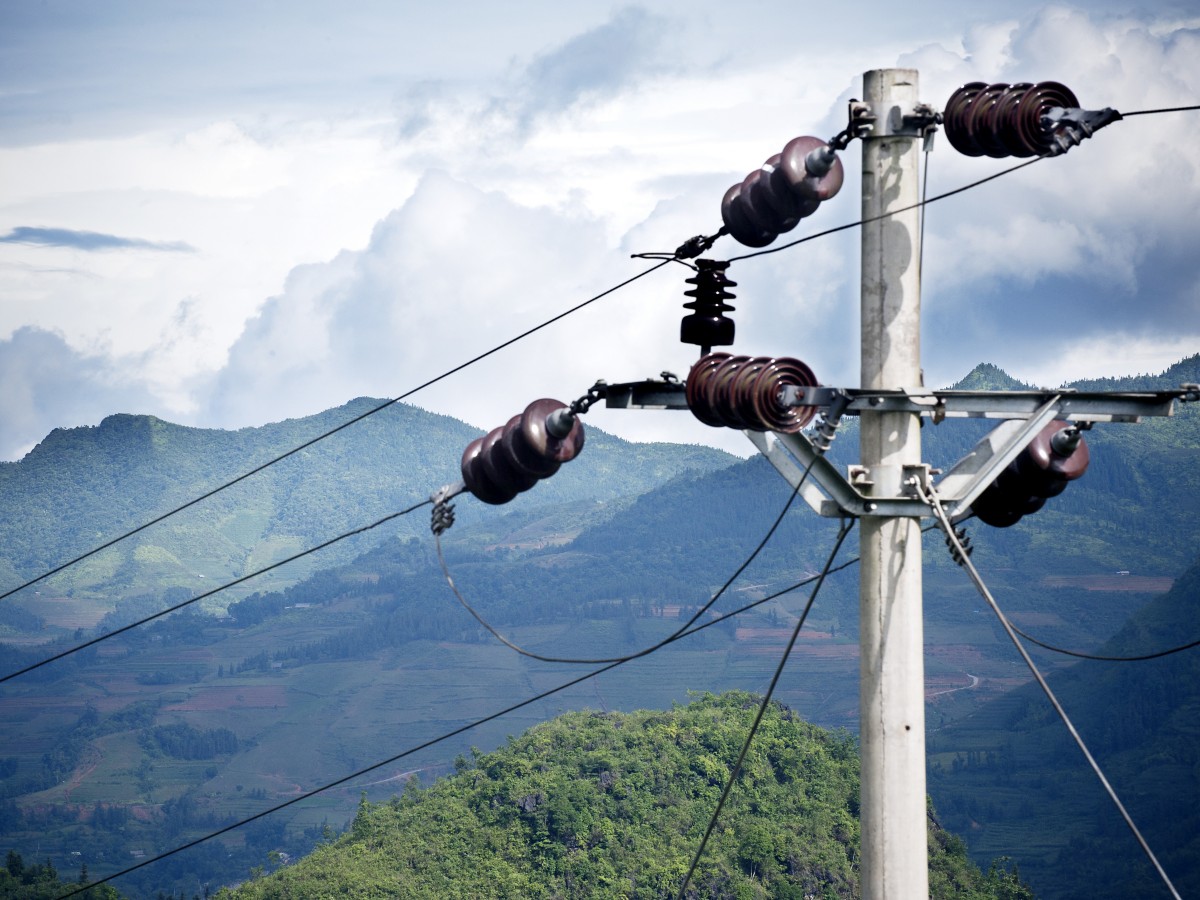 Photo Credit: Kibae Park/UN Photo
Photo Credit: Kibae Park/UN Photo
How to Satisfy the Growing Energy Appetite of Vietnam
Vietnam is currently undergoing a major transition. With almost 100 million people in one of the most densely populated countries in the world and skyrocketing GDP growth, energy consumption has exploded. Over the past five years, Vietnam’s power load has increased at an average of about 10 percent a year. Previously primarily reliant on hydropower, the growth of demand has forced the country to search for domestic alternatives. Unfortunately, Vietnam’s 7th Power Development Plan (PDP 7) called for increasing use of coal to meet demand. Increasing reliance on coal is not the answer. While coal might be cheap at the moment, it is not sustainable. The country is ripe for increased use of both solar and wind. Financial assessments show that by investing in alternative energy, the country would save significant resources and be able to provide for the growing middle class into the future.
Background:
Vietnam is a coastal country, tropical in the South and monsoonal in the North. Densely populated, the country is also a growing hot spot for both tourism and industry. Largely due to domestic trade reforms and public investment, GDP increased at around 7% annually and rapid population growth combined with GDP has led to a growing middle class. Infrastructure has also improved significantly in recent years. 99% of the country has access to electricity and rural access to clean water has increased to 70%. As the population continues to grow, Vietnam may struggle to support its growing energy needs.
Energy Consumption:
While development has led to many positive changes, it also has led to new challenges. Over the past five years, Vietnam’s power load has increased at an average of about 10 percent a year. With a large percentage of the country already dependent on electricity, any interruptions in energy supply would seriously impact majority of the country.
To deal with this dramatic increase in demand, Vietnam has increased its reliance on coal. From 2012 to 2017, coal use grew 75%. But adding additional coal to the energy mix isn’t the answer. While some coal is available domestically, the demand is too high and from 2014 to 2015, coal imports more than doubled to 7.7 million short tons and exports decreased. In addition, the country already suffers from high levels of pollution and coal only adds to the problem.
Arguably more importantly for the global community, coal contributes to climate change, a phenomenon which threatens Vietnam’s stability. One of the most hazard-prone countries in the world, Vietnam is predicted to see a 1°-2°C increase in temperature by 2050, increased extreme weather, and potentially 1 foot of sea level rise by 2050. Vietnam has abundant water resources but also is predicted to see increased droughts, potentially impacting agriculture and hydropower, a major source of electricity.
Opportunities and Challenges for Renewables:
But there are alternatives to coal. Vietnam has natural endowments for both solar and wind potential. A study conducted by McKinsey & Company found that Vietnam has the potential to increase wind to 39 gigawatts and solar to 61 gigawatts by 2030.
The good news is that Vietnam recently updated its 7th Power Development Plan (PDP) to include more renewable options and another PDP is due at the end of the year. But even if the country pivots their focus from coal to renewable energy, hurdles remain. There are some remaining institutional barriers that inhibit the growth of alternatives. For example, while “feed in tariffs” (FITs) initially helped grow the wind energy market, as the market has developed, the level of FITs has remained the same, making it too low for investors to recover costs. There is also concern about finding suitable land to develop new wind or solar farms. With such a high population density, much of the land-based options are already developed.
Renewables are still the best option for the growing energy needs of Vietnam and much of Southeast Asia. There needs to be serious investment in infrastructure and technology if the world hopes to support the continued development of the region while avoiding disastrous climate change. Hopefully with further support and investment from countries like the U.S., Vietnam can be exemplary of how investing in renewables can jettison the country forward even as its population grows.





